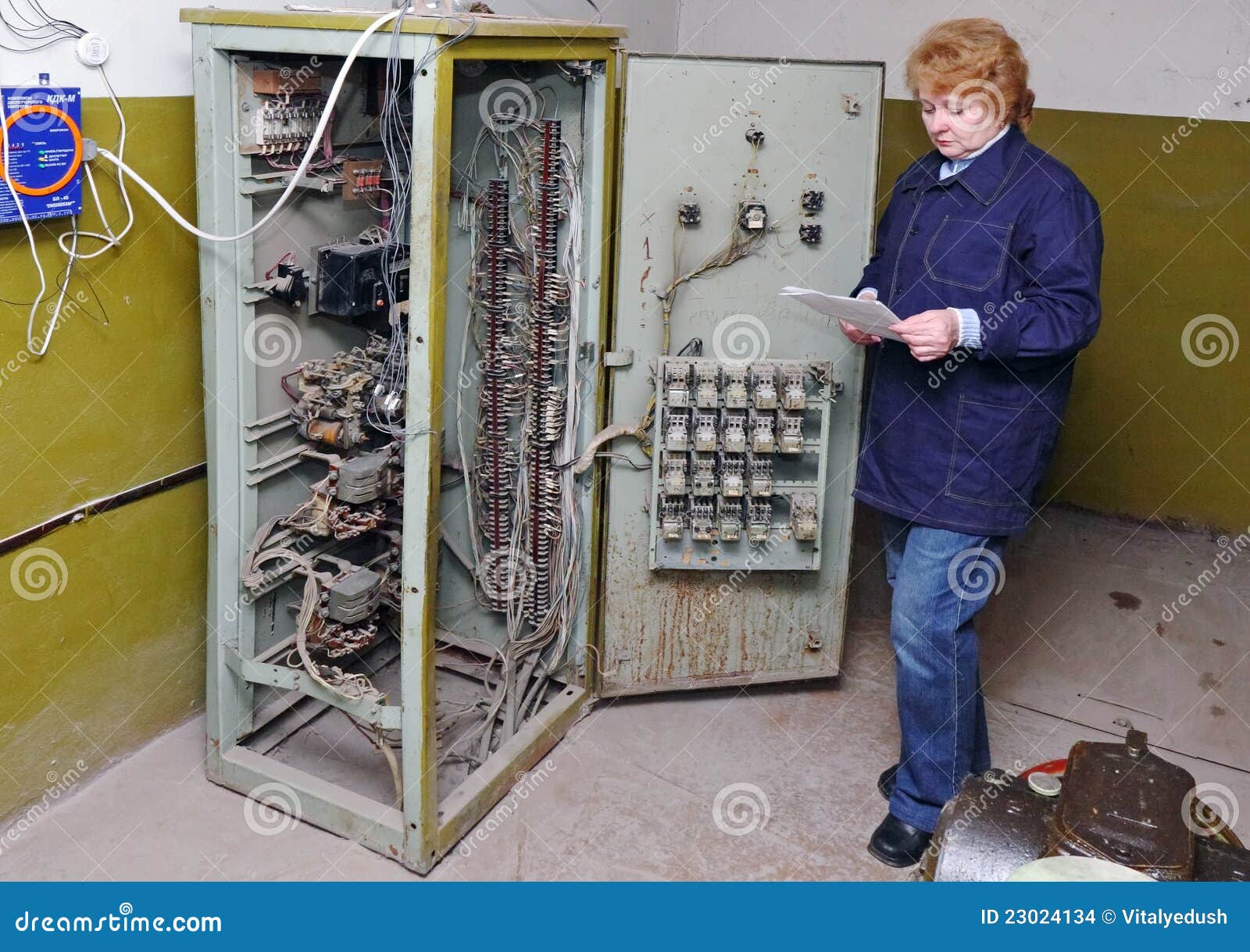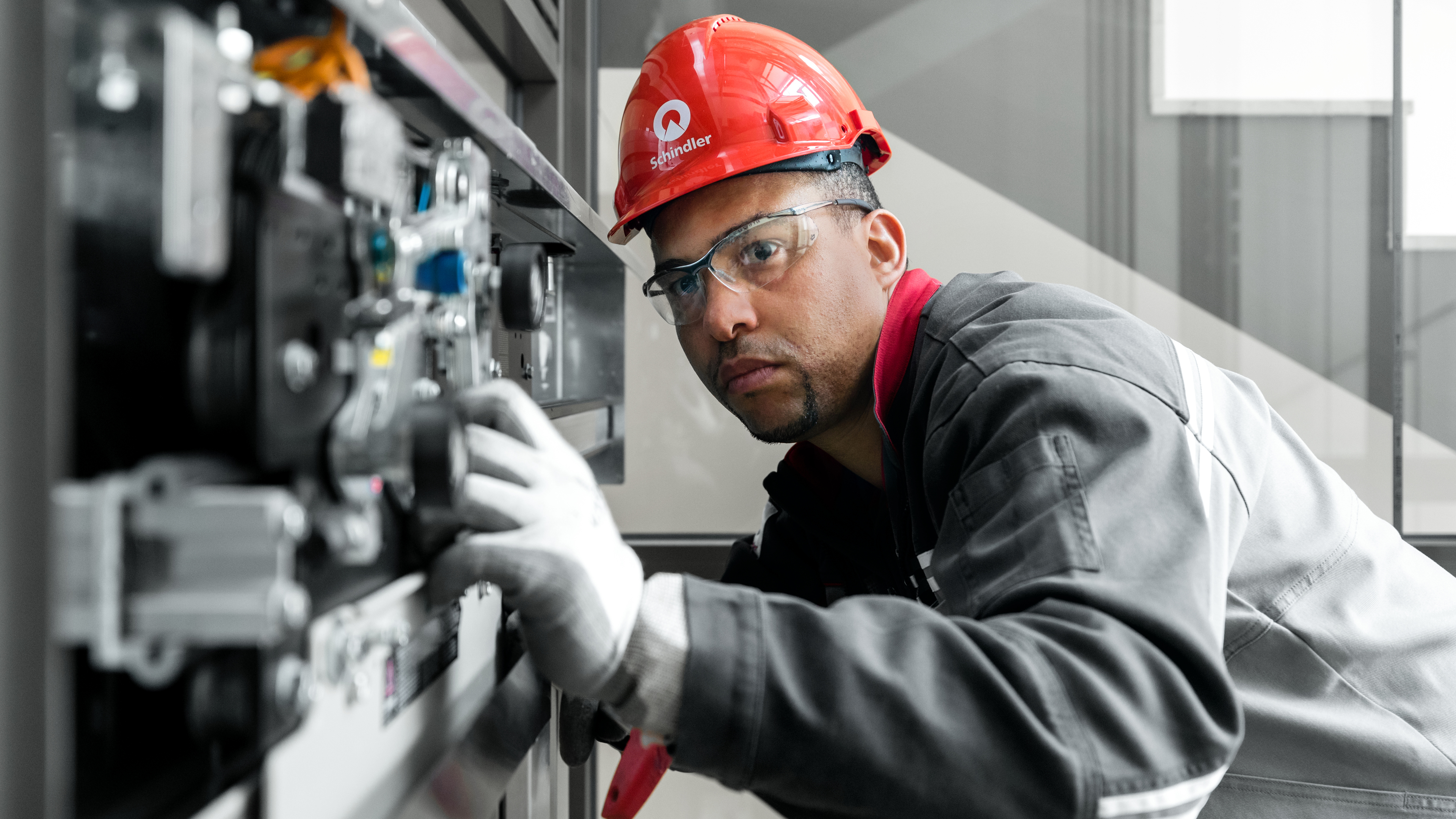Discovering the Comprehensive Procedures Required for Lift Upkeep
In the world of structure maintenance, making sure the correct functioning and security of lifts is extremely important. By dealing with crucial aspects such as positive upkeep schedules, safety and security checks, and emergency readiness, a comprehensive understanding of the intricacies entailed in lift upkeep can lead to improved performance and security.
Routine Examinations
When it concerns making sure the long life and safety and security of your lift system, regular evaluations are vital. These regular checks play an important duty in recognizing any potential problems before they intensify right into significant issues, making certain the safe and smooth operation of the lift. By carrying out routine evaluations, upkeep groups can proactively resolve wear and tear, defective elements, or any type of other problems that may compromise the lift's performance or safety.
During these inspections, educated specialists completely take a look at different aspects of the lift system, including mechanical parts, electric systems, security features, and overall architectural stability (lift maintenance contract). They try to find signs of wear, corrosion, leakages, or any type of anomalies that can suggest an issue. Additionally, they verify that all safety and security systems are functioning properly and in compliance with regulations. By detecting and resolving problems early on, these examinations assist prevent pricey repair work, downtime, or safety threats, eventually extending the life expectancy of the lift system and ensuring the health of its users.
Proactive Upkeep Schedules
Applying proactive upkeep timetables is important for maximizing the efficiency and durability of lift systems. By sticking to an aggressive upkeep approach, lift owners can deal with prospective concerns prior to they rise right into major problems, ultimately decreasing downtime and expensive repair services. Aggressive upkeep involves regular evaluations, lubrication of moving parts, testing safety functions, and changing worn elements. These arranged upkeep tasks not only assist in stopping malfunctions yet additionally add to keeping the lift's efficiency at ideal degrees.
A well-structured positive maintenance schedule need to lay out certain tasks, frequencies, and responsible personnel. It is crucial to comply with producer recommendations and industry standards when developing these timetables to ensure the lift runs securely and successfully. Additionally, recording maintenance tasks and keeping thorough records can give important understandings right into the lift's performance gradually, aiding in recognizing patterns and making informed upkeep decisions.
Safety Conformity Checks
Guaranteeing safety and security compliance via extensive checks is paramount in preserving lift systems' integrity and protecting customer well-being. Security conformity checks include a thorough assessment of numerous components, including electric systems, mechanical components, emergency brakes, doors, and various other critical security attributes. These checks are vital to determine any kind of potential risks or breakdowns that could compromise the lift's operation and placed customers in jeopardy.
Routine safety conformity checks need to be performed by certified specialists in adherence to market regulations and criteria. These checks help in finding concerns early on, enabling for timely fixings and precautionary maintenance steps to be carried out. Keeping detailed records of security compliance checks is important for tracking the lift system's efficiency over time and demonstrating compliance with safety guidelines.
Equipment Upgrades and Innovation
Enhancing lift systems via equipment upgrades and innovation is vital for enhancing effectiveness and security criteria in upright transport. As technology advancements, older lift systems might become obsolete, leading to lowered integrity and possible security hazards. By investing in tools upgrades and modernization, building proprietors can guarantee that their lifts satisfy existing market requirements and policies.

In addition to operational benefits, tools upgrades and innovation jobs can additionally boost the aesthetic appeals of the lift, providing a much more appealing and modern experience for passengers. Eventually, buying lift upgrades and innovation is a proactive technique in the direction of guaranteeing the durability, safety and security, and performance of upright transport systems.
Emergency Readiness Preparation
An effective emergency preparedness plan is essential for making certain the safety and swift feedback in instance of unexpected occurrences including lift systems. Emergency situation readiness preparation for lift systems involves an organized strategy to mitigate risks, guarantee passenger safety and security, and lessen downtime throughout emergencies.
Trick elements of an emergency situation preparedness strategy for lifts include clear communication protocols, routine training for lift operators on emergency situation treatments, and routine drills to test the performance of the plan. lift maintenance why not try here contract. Additionally, the plan should lay out specific duties and duties for all stakeholders included, consisting of structure administration, upkeep employees, and emergency responders
In the event of a lift breakdown or entrapment, having a distinct emergency situation plan can aid in working with a prompt why not try here and efficient feedback to make certain the safety and security and health of travelers. Prompt interaction, accessibility to emergency tools such as interaction tools and emergency lights, and expertise of emptying procedures are essential aspects of a comprehensive emergency situation preparedness plan for lift systems. By prioritizing emergency situation preparedness planning, structure managers can boost the total safety and dependability of their lift systems.
Final Thought
Finally, the comprehensive steps required for lift maintenance include regular assessments, proactive upkeep routines, security compliance checks, equipment upgrades and innovation, and emergency situation readiness planning. These procedures are vital for ensuring the safety, integrity, and performance of lifts in different settings. By carrying out these measures, lift proprietors can decrease the risk of mishaps, expand the lifespan of their devices, and abide by industry guidelines.

During these inspections, trained professionals thoroughly check out different aspects of the lift system, consisting of mechanical parts, electrical systems, safety and security functions, and total architectural stability.Ensuring safety and security compliance via thorough checks is critical in maintaining lift systems' reliability and securing customer health. Keeping thorough records of safety and security compliance checks Read Full Report is crucial for tracking the lift system's efficiency over time and showing compliance with security regulations.
By prioritizing emergency readiness planning, building managers can improve the general safety and security and integrity of their lift systems.